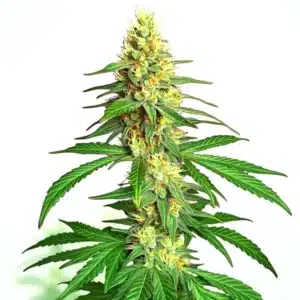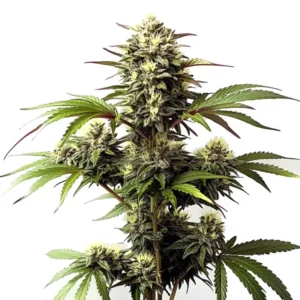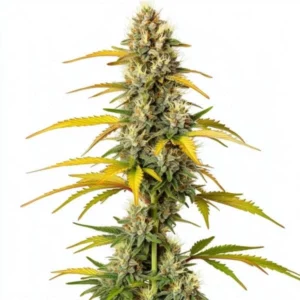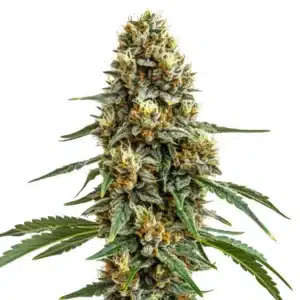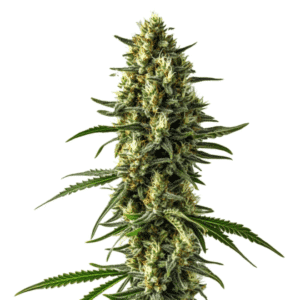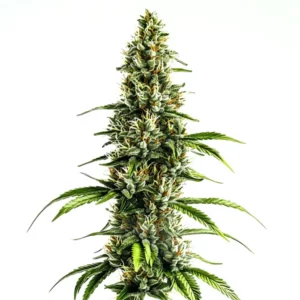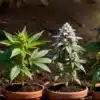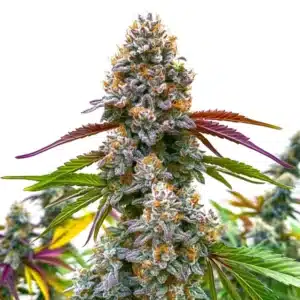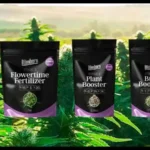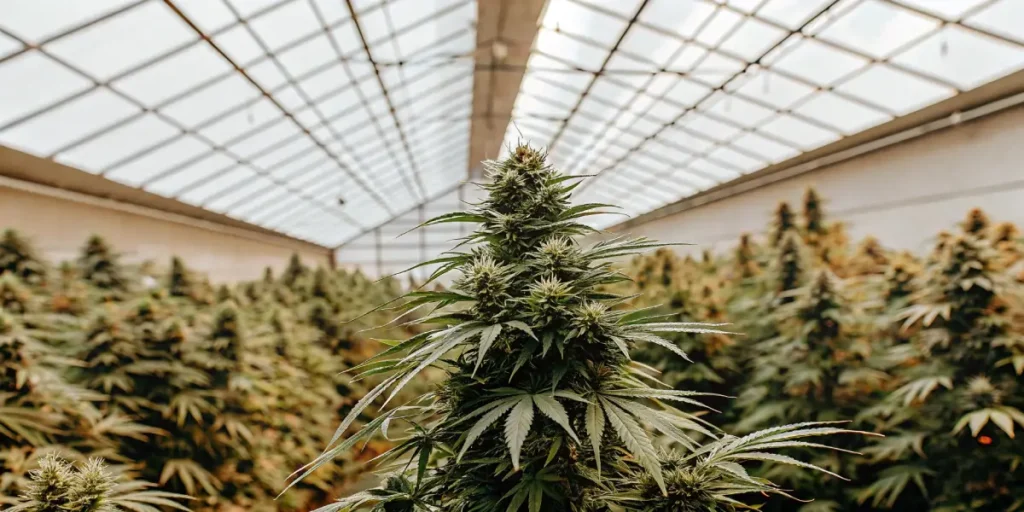
More Than a Seed: Unlocking the Power of Stress-Tolerant Strains
You’re looking for an edge. A plant that won’t crumble at the first sign of trouble. You see the promise on the seed packet: “Oxidative Stress Tolerant.” It sounds like the perfect solution, a magic bean that will power through any mistake.
And listen, starting with elite genetics is like recruiting a super-soldier for your garden. It’s a massive advantage. But a soldier is only as good as their training. True resilience is a partnership between the plant’s DNA and your skill as a grower.
Recommended Strains
Ak59 Auto
|
|
THC | 18% - 24% (Medium) |
|
|
Type | Autoflowering |
|
|
Yield | High |
|
|
Phenotype | 50% Indica / 50% Sativa |
Alaskan Purple
|
|
THC | 15% - 20% (Medium) |
|
|
Type | Feminized |
|
|
Yield | Medium |
|
|
Phenotype | 70% Indica / 30% Sativa |
Let’s talk about how you, the general of your garden, can unlock the full beast-mode potential of these genetically tough strains.
Step 1: Recruit the Right Soldier for the Right War
Before you pick a strain, analyze your battlefield. What is the main enemy you will face? Your answer will tell you what kind of soldier to recruit.
- Is your enemy a hot, humid jungle full of mold and drought risk? You need a Sativa-dominant soldier. These plants evolved in equatorial climates. Their lanky frames and airy bud structures are natural defenses against mold, and they are notoriously resistant to drought.
- Is your enemy a chaotic mountain with wild temperature swings? You need an Indica-dominant tank. These plants are built tough, adapted to the unpredictable weather of harsh mountain regions. They are stout, resilient, and often highly productive.
Once you know your enemy, you can choose your champion. A strain like Gorilla Glue #4 is a famous Indica-dominant tank, perfect for enduring chaos. A well-bred Blue Dream offers a hybrid’s versatility. Choosing the right genetics is the first step to victory.
Promos & Deals
Step 2: The Elite Training Program
Okay, you’ve recruited your super-soldier. Now, you have to put it through boot camp to forge its armor. A plant can’t use its amazing genetics if it’s living in a bad environment.
- The Mess Hall (Nutrition): A soldier fights on its stomach. Your plant’s ability to resist stress is directly tied to its nutrition. And that always, always starts with a stable watering pH of 6.0 (for soil). If the pH is wrong, your soldier is starving before the battle even begins.
- The Barracks (Hygiene): A camp full of filth breeds disease. Your plant breathes and defends itself through the pores on the underside of its leaves. A regular, gentle cleaning with a water spray keeps your soldier healthy and evicts pests before they can establish a foothold.
- The Special Forces Toolkit (Internal Health): A truly elite soldier has a powerful internal system. Your plant’s defenses are run by a cocktail of phytohormones like auxins and gibberellins, plus vitamins and antioxidants. You can support this internal arsenal with organic supplements like kelp tea.
- The Honorable Discharge (The Final Flush): At the end of a successful mission, the pros ensure the purest result. For the last two weeks of the plant’s life, they perform a root flush with clean water at a pH of 5.5. This cleanses the system of any excess salts and oxides, ensuring a clean finish.
When you pair a genetic powerhouse like Critical Daddy Purple with these elite growing practices, you aren’t just preventing stress. You Cultivate true excellence. You Nurture potential into reality. That’s the art of the Homegrown harvest.
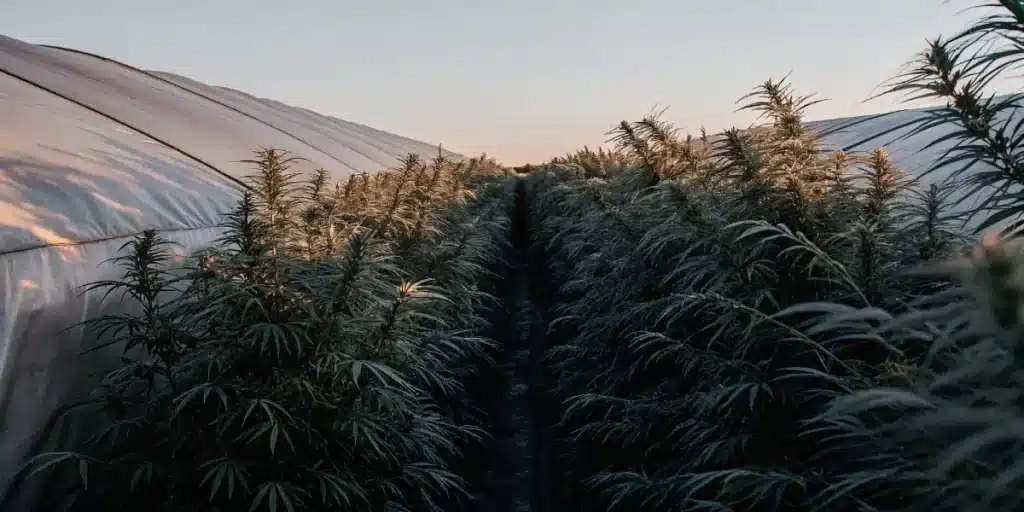
Frequently Asked Questions
What does “oxidative stress tolerance” really mean in a seed?
It means the plant has a genetic head start. It’s naturally predisposed to be more resilient and has a stronger internal defense system (its own phytohormones, vitamins, and antioxidants). However, it’s not a “magic bullet”, it’s potential that you, the grower, must unlock with good practices.
How do I choose the right type of stress-tolerant strain for my environment?
Analyze your primary threat. If you consistently battle high heat, humidity, and mold, choose a Sativa-dominant strain. If your main problem is unpredictable weather with big temperature swings, a hardy Indica-dominant strain is your best bet. Match the soldier to the war.
Can I just rely on good genetics and not worry about my growing practices?
Absolutely not. That’s like having a race car but putting cheap gas in it and never changing the oil. Great genetics in a bad environment (like with an incorrect pH) will still result in a stressed, underperforming plant. Great genetics plus great practices is the formula for success.
What’s the most important thing I can do to unlock my plant’s natural resilience?
Master the fundamentals, starting with your water. Maintaining a stable watering pH of 6.0 for soil ensures your plant can actually absorb the nutrients it needs to build its own powerful internal defense system. A well-fed plant is a resilient plant.


